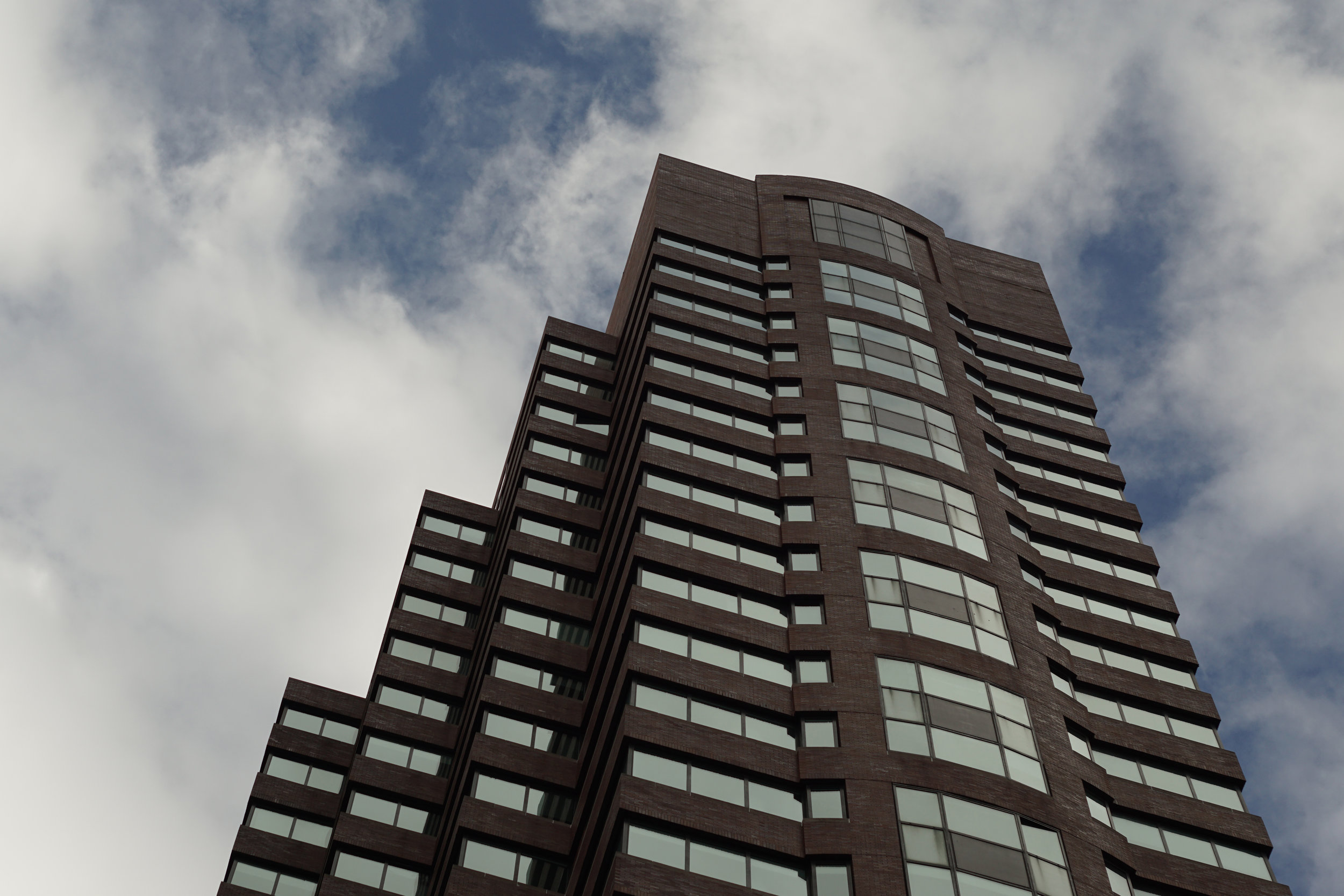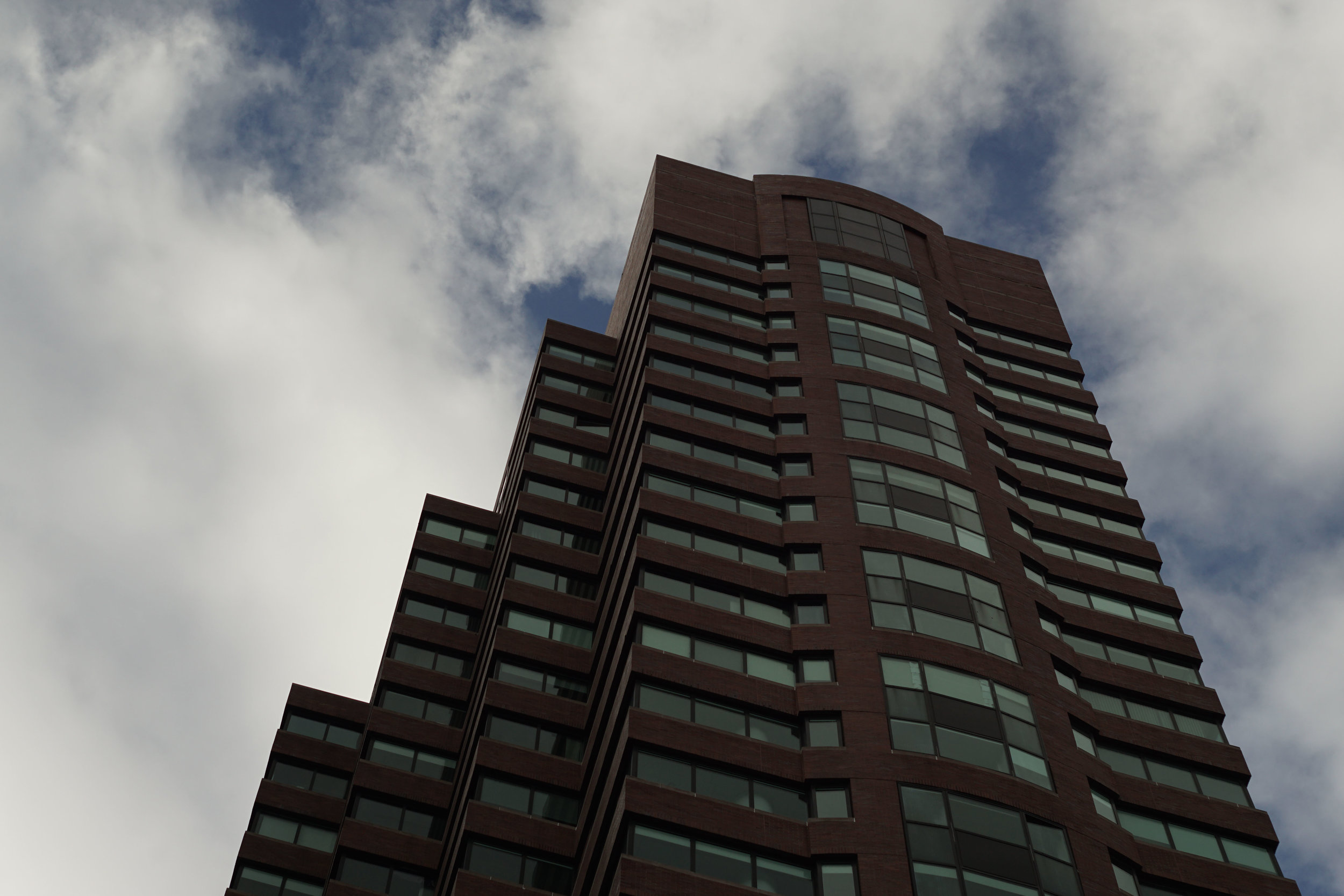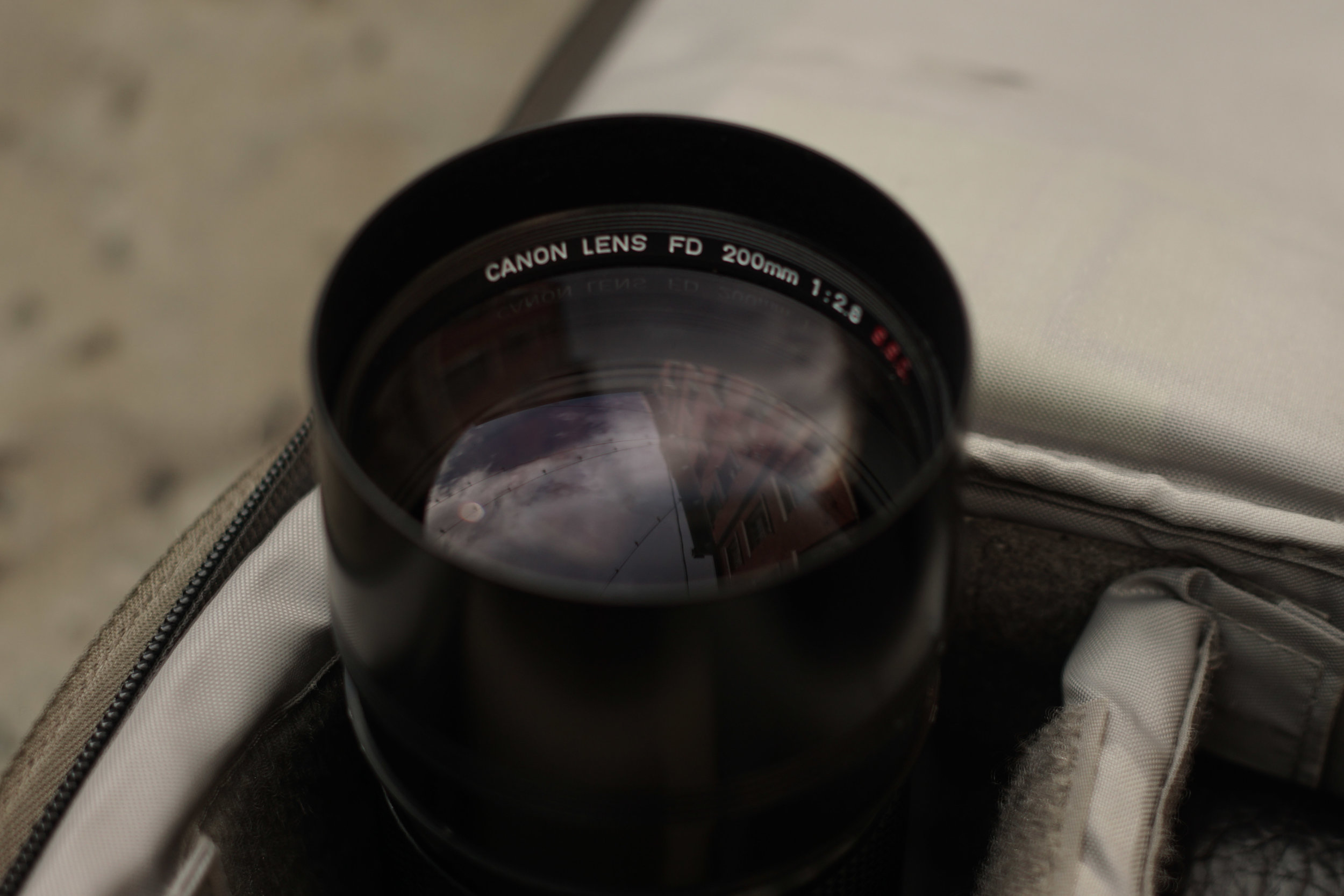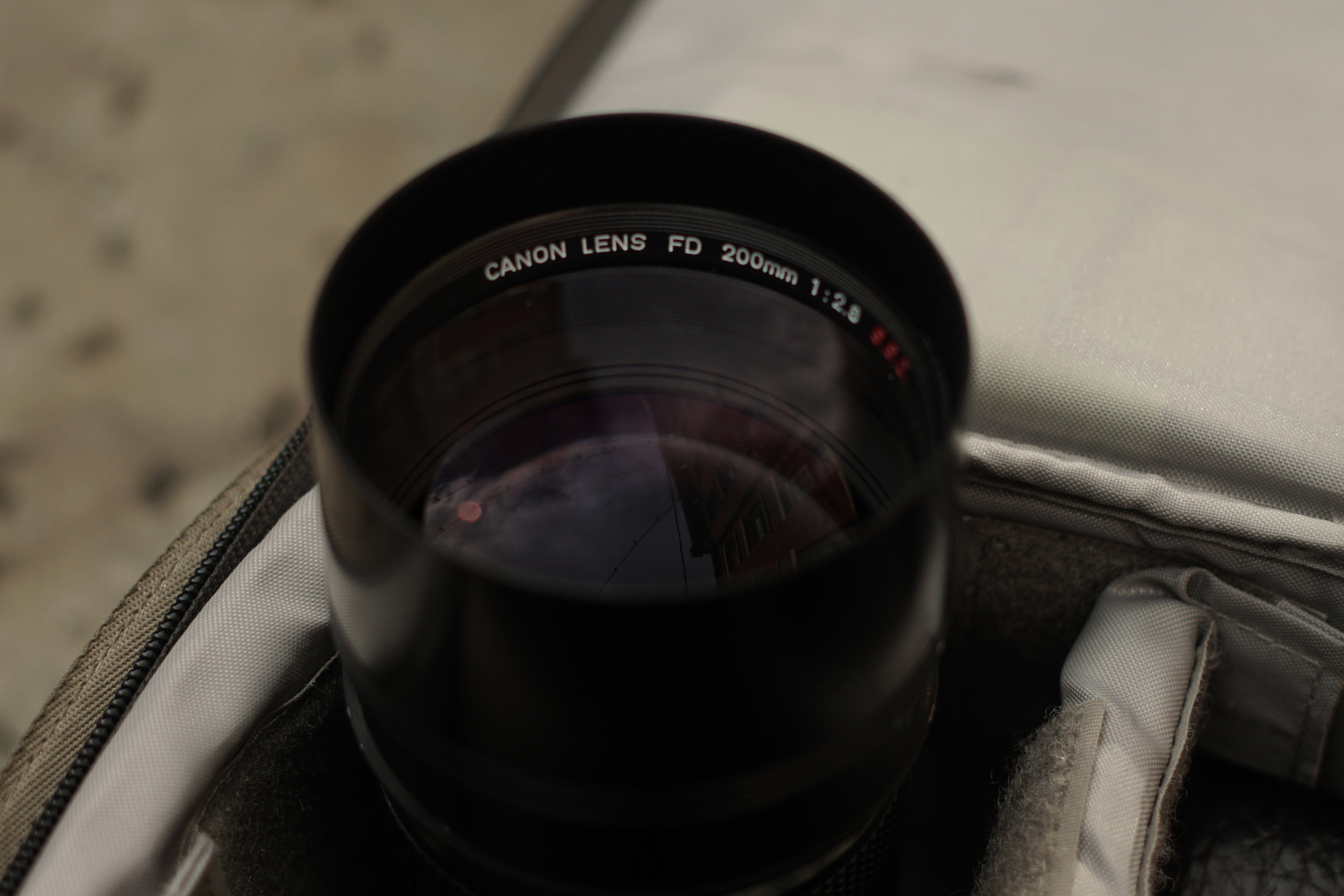What are Circular Polarizers?
Circular Polarizer Filter, how do circular polarizers work
Understanding the question of "how do circular polarizers work?" can be an essential tool in elevating aspects of your photography to the next level. Learn the method, master the technique. Circular Polarizing Filters attach to the thread of your lens and reduce reflections emitting off the subjects you're photographing. The effect this can give is, darker deeper sky color and ability to see through windows and water that otherwise portray only surface reflections.
How do Circular Polarizers Work?
Circular polarizers consists of two elements, a frontal polarizing filter, with what's called a quarter wave plate behind it. When the front element is rotated and gives a varied amount of reflection suppression by controlling what type of light enters the lens. Light waves emitted from typical objects we see are vibrating in all directions and are considered unpolarized. The filter is chemically composed of long chain molecules of the surface creating a 'blind-like' structure. The Polarizing filter allows light only to pass through it on a single axis parallel to the chain molecule pattern.
Imagine putting a quarter into a parking meter, the single plane slot only allows the quarter to pass through when turned to the allotted angle.
Since typical light vibrates at all angles, only the light traveling at an angle within the threshold on the single plane of the Polarizer makes it through. The Quarter Wave Plate turns the single plane-polarized light, back into circularly polarized light which allows modern cameras to accurately focus and meter the light. Then the resulting light enters your lens and contacts your camera sensor recording the image. As the Polarizing filter is rotated, different vibrations of light are allowed into your camera producing varying amounts of perceived reflective light reduction. Basically as you turn the filter you graduate from 'on' to 'off' and all the stages in between.
Only half of the original amount of light makes it through a polarizing filter, this means at full polarization you will lose 1 Stop of light, in addition the quarter wave plate loses another stop of light totaling 2 stops. Exposure can be compensated by
doubling ISO twice
OR
halving the shutter speed twice
.
Simply put a circular polarizer is a magic reflection reduction dial. VERY COOL NO? Prices vary, this is an item that expensive is better, but I recommend getting decent cheap one like the TIFFEN Circular Polarizing Glass Filter to see how you like it before committing to a higher end $50 - $150 circular polarizing filter.
Here is a great video by Khan Academy of Health and Medicine explaining more.
[embed]http://youtu.be/HH58VmUbOKM[/embed]











